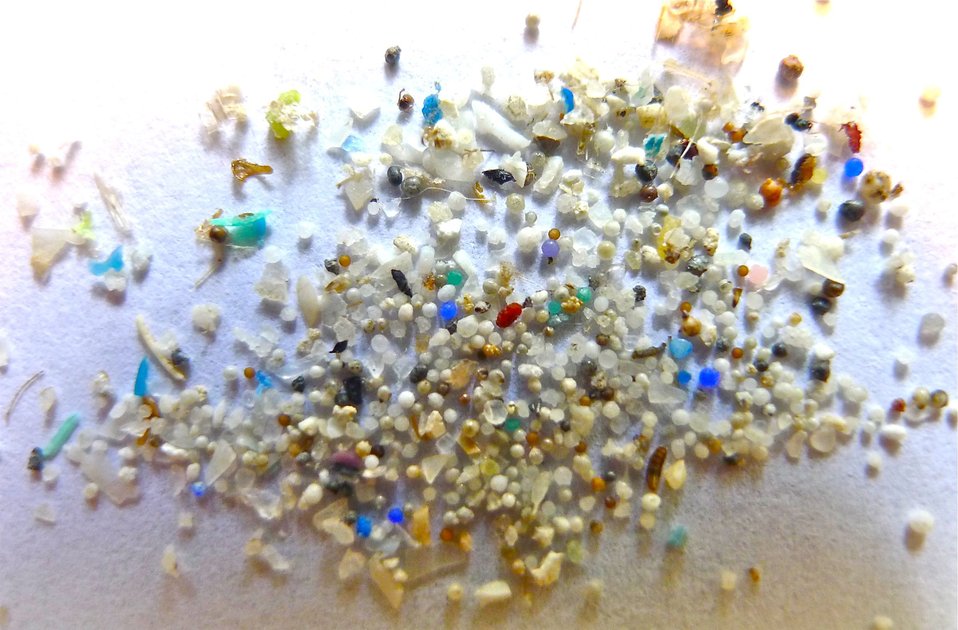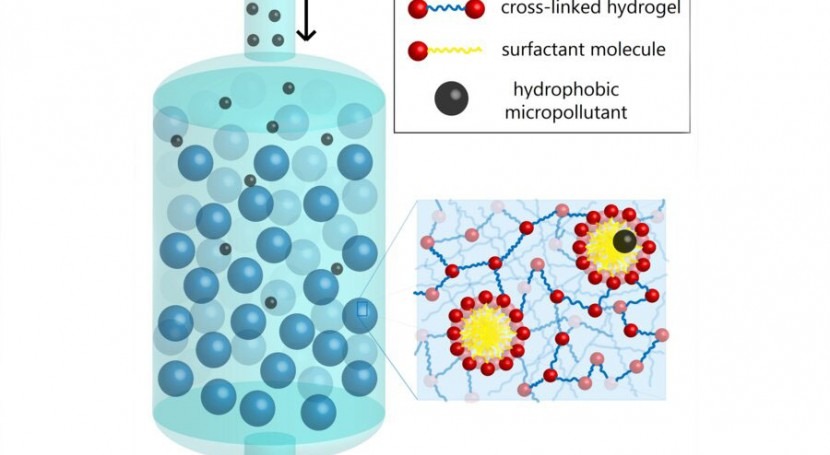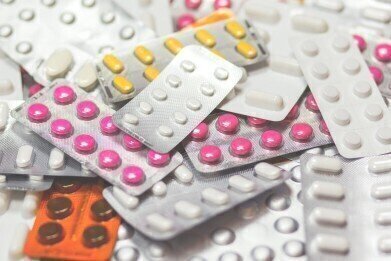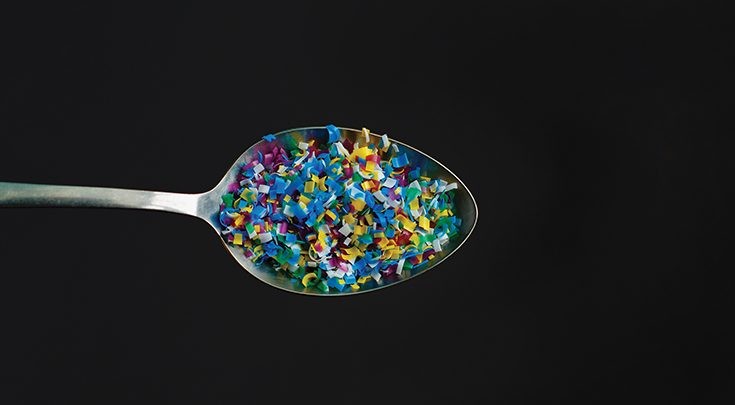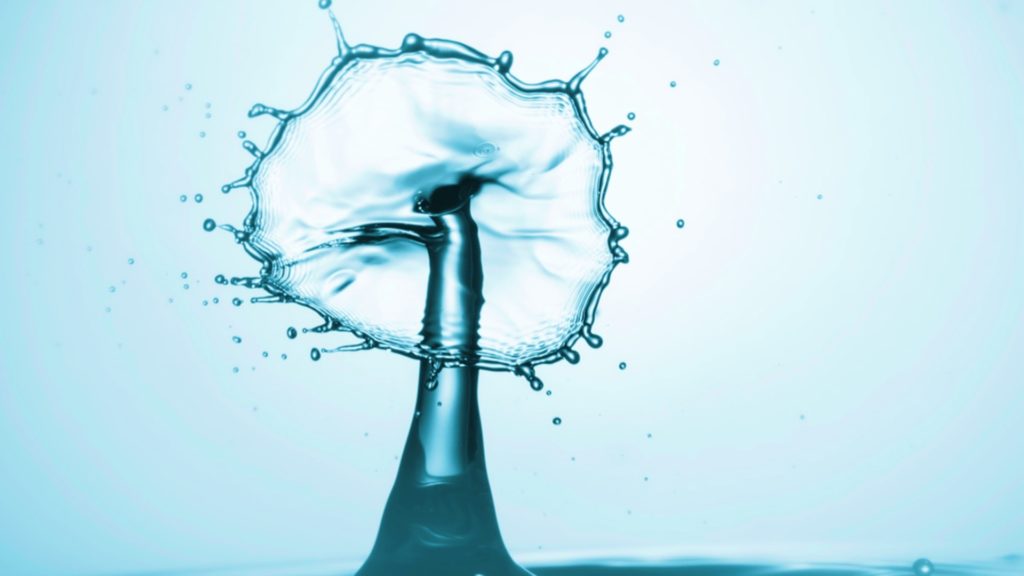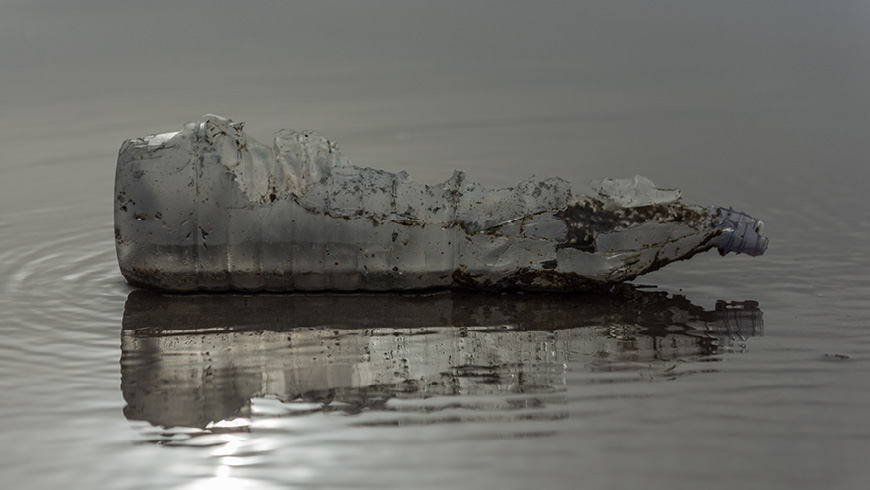Reflections on a recent water industry event about micropollutants
Dr Fabio Bacci is innovation manager at engineering company Glan Agua. Multiple solutions to the challenge on emerging contaminants were under discussion at British Water’s recent micropollutants conference. Here, Dr Fabio Bacci reflects on key learnings, and makes a plea for enhanced cross-sectoral synergies. Trace contaminants in both drinking water and wastewater pose significant challenges […]
Reflections on a recent water industry event about micropollutants Weiterlesen »


